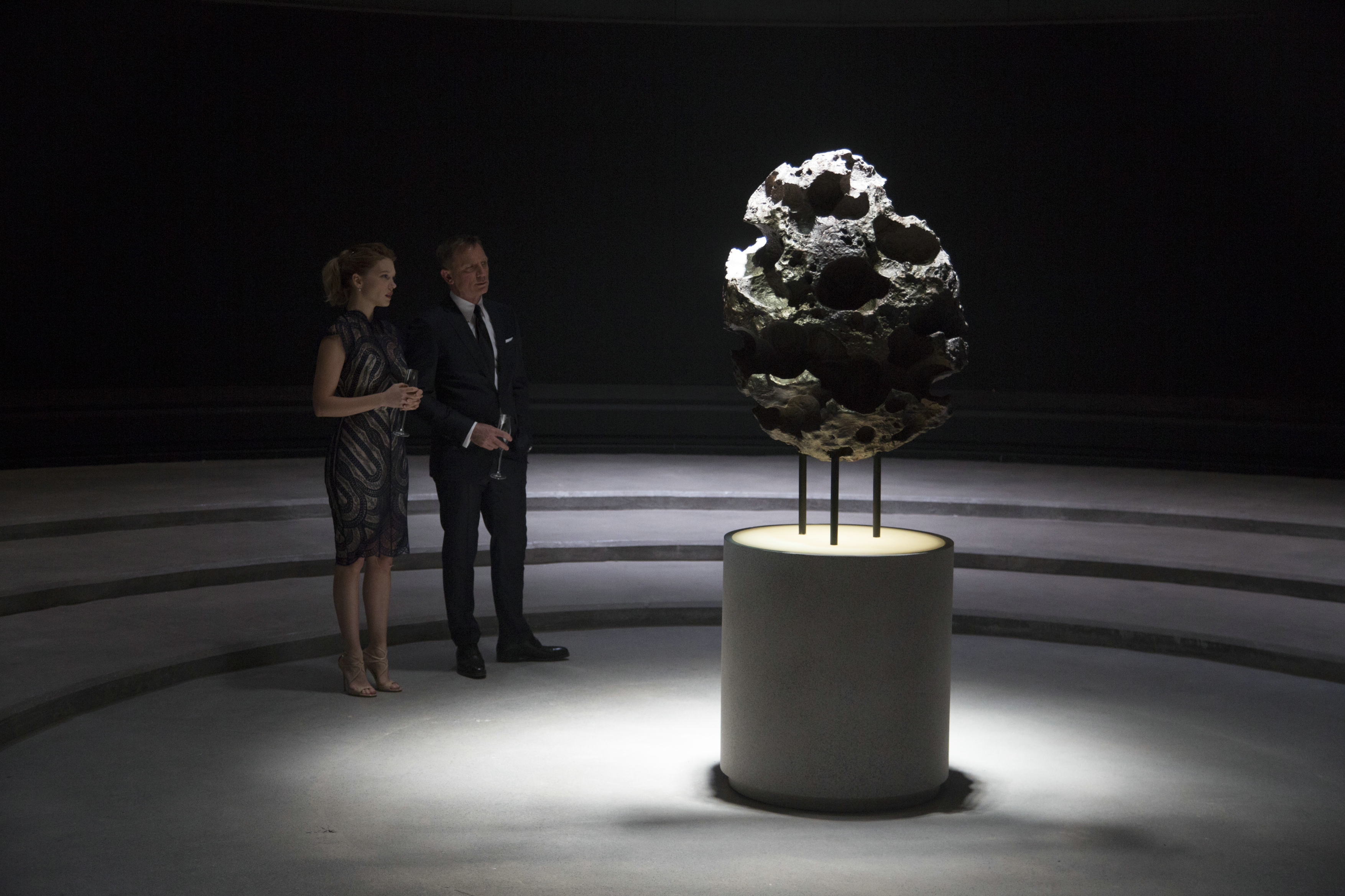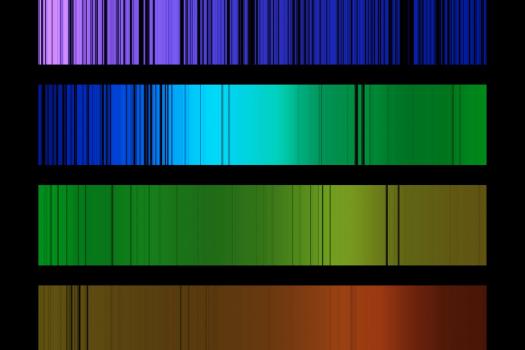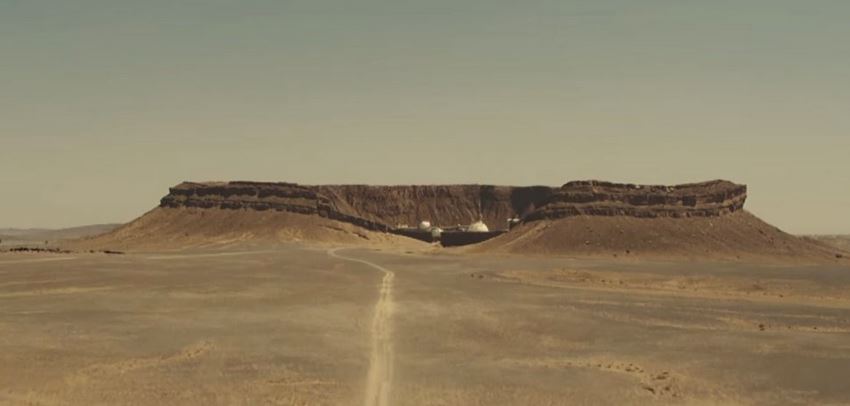

It usually starts with a stunt or practical effect that needs a bit of invisible CG Sellotape to blend the lot together. Visual effects, special effects and stunts have to be successfully combined to create believable action scenes. On these kind of movies you have to work very closely. Everything else after is a combination of minimal set pieces as Bond falls through the building with a huge overlay of CG rubble, debris dust etc. Then as Bond starts to run the whole facade begins to topple towards him, again fully CGI but the actual impact is a blend where we took the timing of the impact, done by Chris Corbould’s SFX team on a huge rig on the Pinewood backlot, with a stunt double for Bond.
Spectre film location crater crack#
We were involved in every shot up to the gunfight but the bulk of the work for us was immediately after the suitcase explosion where we tilt up following a crack rising up the building’s face as seen from Bonds POV. What involvement did you have in the collapsing building sequence in Mexico? Then there’s the helicopter fight, which had most of our work on the movie. Thanks to the attention to detail by our Steadicam operator, Sam chose a take were their body positions, camera distance and motion matched from one cut to another. We never really lost sight of him, which normally helps with the blend-wipes. Then the opening sequence where we had to seamlessly blend together six shots photographed in different locations into one big tracking shot ending with Daniel Craig and a lady friend going into a bedroom from a Mexico hotel location to a Pinewood set piece, then out the window back to a Mexico City rooftop location. From adding another 10-20 thousand CG extras to extend the crowds beyond the 1500 that we had on location. What were the challenges involved with the opening Sequence in Mexico City? So the Special Effects Department usually get as heavily involved as VFX. I come from a miniature effects background but because they are usually huge scale on a Bond film, (we call them ‘Maxitures’ or ‘Bigatures’) there are huge rigs and effects required. There is a big crossover though when we want to use miniatures. My role is more keeping an eye on and suggesting ways of shooting shots and sequences where we will be adding CGI elements afterwards in post production. The Special Effects Supervisor’s responsibility is primarily all real, practical effects on the sets and locations, from bullet hits, fires, explosions, smoke and rigs, involving the actors and stunt guys.

What’s the difference between your role and the Special Effects Supervisor? There were six on this due to the workload of 1500+ VFX shots and a very short post production time, 12 weeks, where we do most of our work. I also delegate and monitor the work to the various companies that supply the VFX. I have to closely liaise mainly with the Director, but also production designer, cameraman and editor, in order to make sure that our work blends in with everyone’s else’s take of the movie.

I am responsible for the execution and technical design of all the Visual Effects in the movie. News Steve Begg Spectre Interview Q&A with Spectre’s Visual Effects SupervisorĪs the Visual Effects Supervisor, what does your role cover?


 0 kommentar(er)
0 kommentar(er)
